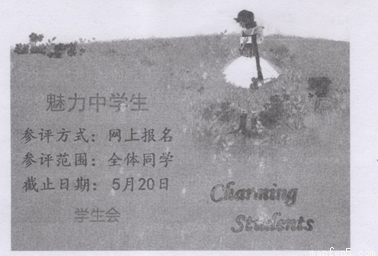0 133496 133504 133510 133514 133520 133522 133526 133532 133534 133540 133546 133550 133552 133556 133562 133564 133570 133574 133576 133580 133582 133586 133588 133590 133591 133592 133594 133595 133596 133598 133600 133604 133606 133610 133612 133616 133622 133624 133630 133634 133636 133640 133646 133652 133654 133660 133664 133666 133672 133676 133682 133690 151629

